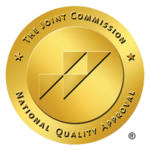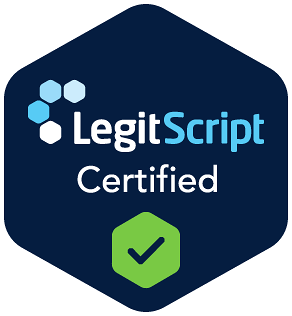Completing addiction treatment marks just the beginning of your recovery journey. The transition back to daily life presents unique challenges that require ongoing support and structure.
We at Amity Palm Beach understand that selecting the right drug rehab aftercare programs can feel overwhelming when you’re already managing so much. The wrong choice can jeopardize months of progress and hard work.
What Aftercare Options Are Available After Rehab
The aftercare landscape offers three primary pathways that serve different recovery needs and life circumstances. Intensive Outpatient Programs require a minimum of 9 hours of weekly treatment while they allow you to maintain work and family responsibilities. These programs work best for people with stable homes and strong support systems. Partial Hospitalization Programs provide more structure with 20 to 30 hours of weekly treatment, and they include medical oversight and psychiatric services. The Substance Abuse and Mental Health Services Administration reports that 43 percent of patients discharged from hospitals receive outpatient treatment (the most common post-discharge option).
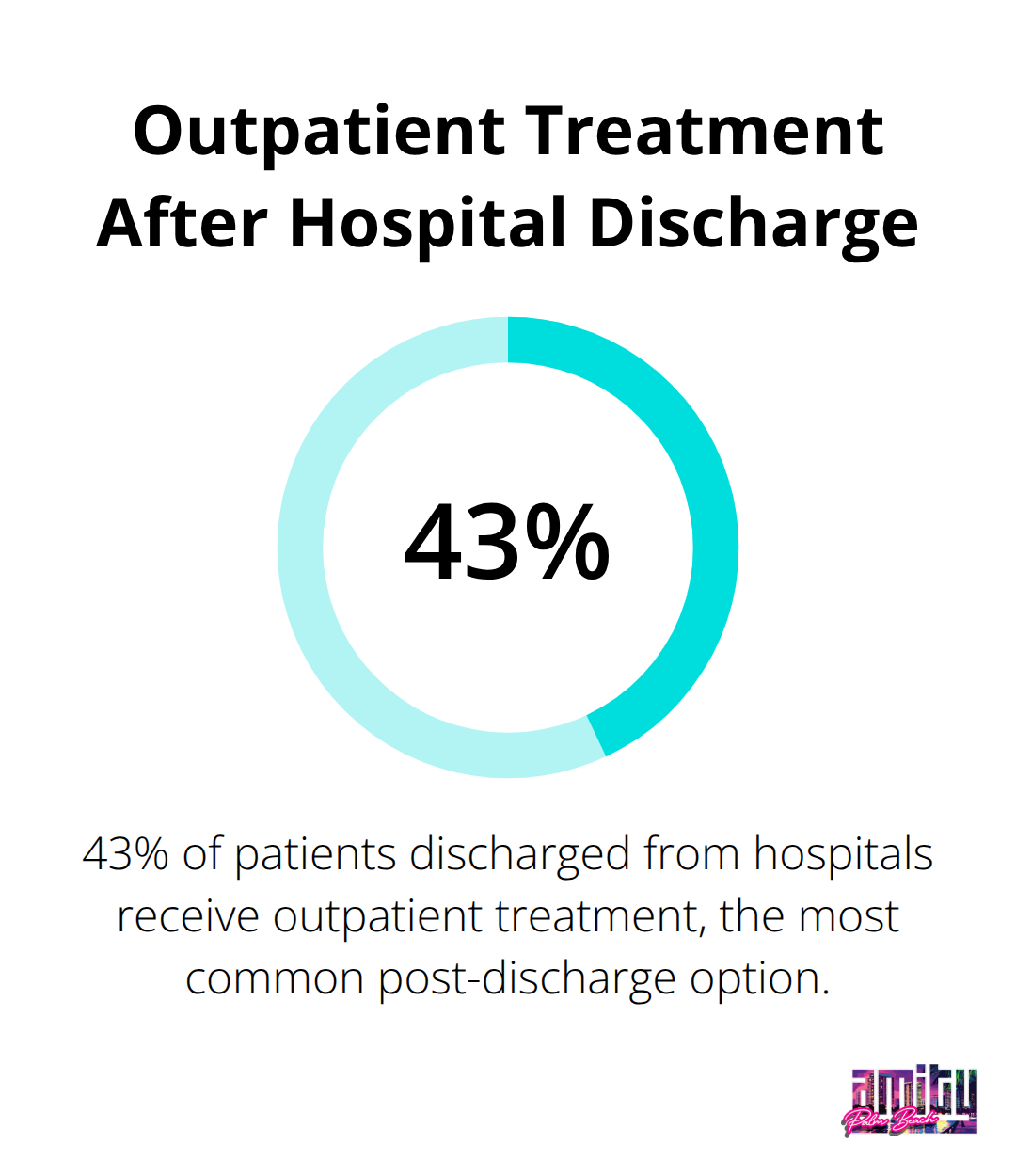
Structured Homes That Support Recovery
Sober homes bridge the gap between residential treatment and independent life. These environments typically house 6 to 12 residents and require adherence to house rules that include curfews, mandatory meetings, and regular drug tests. Monthly costs range from $500 to $3,000 based on location and amenities. Transitional programs offer similar structure but often include case management services and life skills education. Approximately one percent of individuals in recovery choose to go to a sober living home after their initial engagement in treatment.
Alumni Networks and Long-Term Support Systems
Alumni programs connect you with graduates from the same treatment facility, and they create accountability partnerships that extend beyond formal treatment. These programs typically include monthly social events, mentorship opportunities, and crisis support hotlines. Support groups like Alcoholics Anonymous report attendance rates of 2 million members worldwide, while SMART Recovery focuses on self-management techniques with over 3,000 meetings globally. The key difference lies in approach: traditional 12-step programs emphasize spiritual surrender while cognitive-behavioral support groups teach practical coping strategies and relapse prevention techniques.
Each aftercare option comes with specific requirements and benefits that you must evaluate against your personal circumstances and recovery goals. Aftercare and support services are designed to help clients maintain their sobriety and navigate the challenges of life after rehab.
What Factors Should Guide Your Aftercare Decision
The location of your aftercare program directly impacts your ability to maintain consistent participation and build recovery habits that last. Programs within 30 minutes of your home or workplace show significantly higher completion rates than those that require longer commutes. Geographic proximity matters most for intensive outpatient programs that demand multiple weekly visits, while residential options can afford greater distance from your daily environment. However, you must avoid programs too close to former locations where you used substances, as this creates unnecessary exposure to triggers. Research indicates that rural agencies report higher rates of substance use challenges, yet are less likely to utilize focused screening tools for substance use assessment.
Treatment Philosophy and Evidence-Based Practices Matter
Your aftercare program must align with proven therapeutic approaches rather than experimental or unverified methods. Programs that utilize Cognitive Behavioral Therapy, Dialectical Behavior Therapy, and Motivational Interviewing demonstrate measurable success rates between 60 to 75 percent for sustained recovery beyond one year. Medication-assisted therapy is associated with reduced general health care expenditures and utilization, including decreased inpatient hospital stays. Specialized services for dual diagnosis increase success rates by 40 percent compared to addiction-only treatment approaches. Programs that customize treatment plans based on individual assessment rather than one-size-fits-all models produce better outcomes and higher client satisfaction scores.
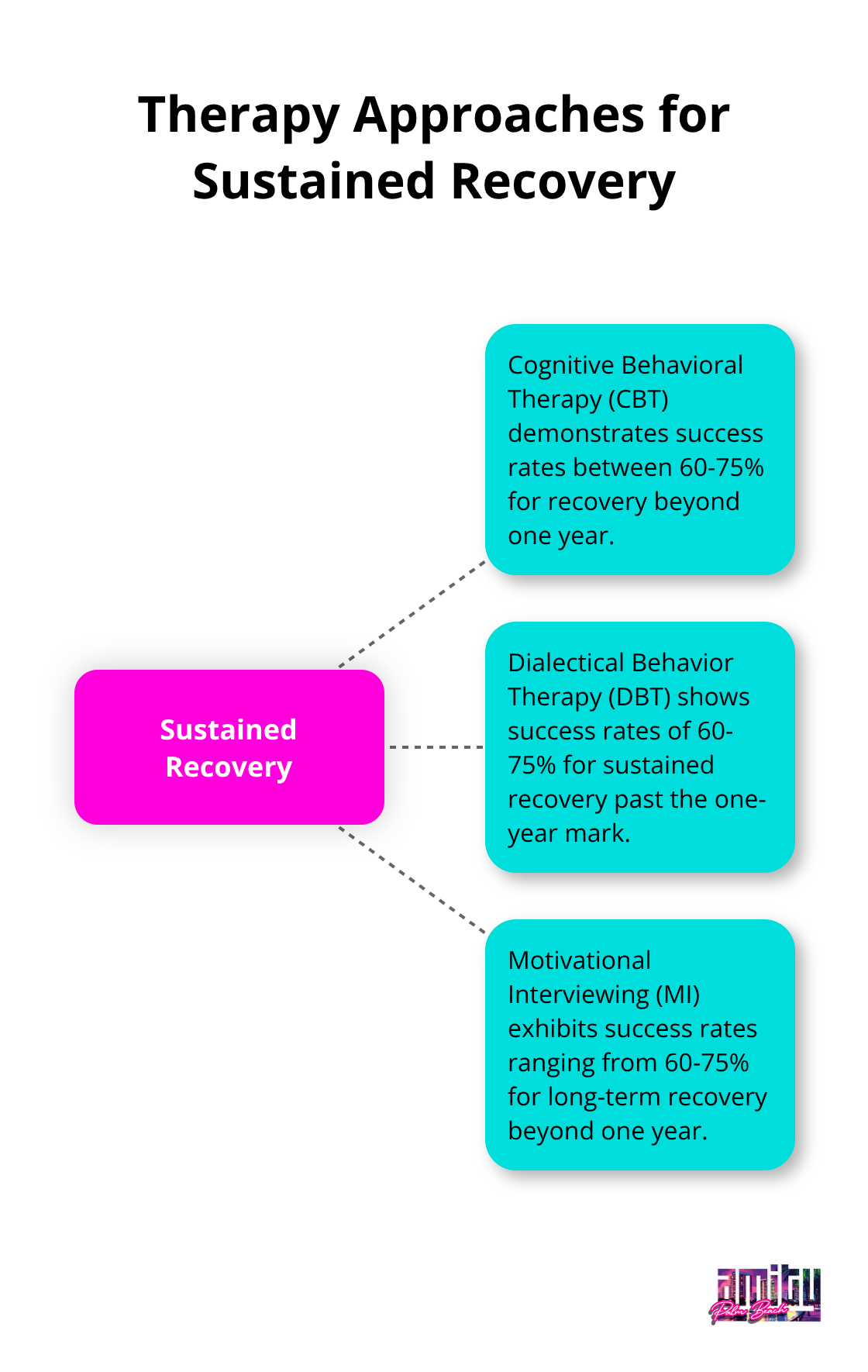
Insurance Coverage Determines Access and Program Duration
Most major insurance plans cover addiction aftercare services, but coverage varies dramatically between providers and program types. You must verify your specific benefits for outpatient therapy sessions, partial hospitalization, and residential aftercare before you make commitments. Out-of-network programs can cost $200 to $500 per week for intensive outpatient services, while in-network options typically require copayments between $20 to $75 per session. Many facilities offer payment plans or fees based on income (though quality programs rarely compromise their clinical standards for financial considerations).
Staff Qualifications and Treatment Team Structure
The expertise and credentials of your treatment team directly influence the quality of care you receive. Look for programs staffed by licensed clinical social workers, certified addiction counselors, and board-certified physicians who specialize in addiction medicine. Staff-to-client ratios below 1:8 allow for more personalized attention and better treatment outcomes. Programs with 24/7 medical oversight provide additional safety and support during vulnerable early recovery periods. The availability of psychiatric services becomes essential if you have co-occurring mental health conditions that require medication management or specialized therapy approaches.
These selection criteria work together to form the foundation of effective aftercare, but certain warning signs can help you identify programs that may compromise your recovery progress.
What Aftercare Red Flags Should You Avoid
Programs that refuse to share specific success rate data or provide only vague testimonials represent major warning signs in aftercare selection. Legitimate facilities track completion rates, relapse statistics at 6-month and 12-month intervals, and client satisfaction scores through independent surveys. The Substance Abuse and Mental Health Services Administration requires accredited programs to maintain detailed outcome records, yet many facilities avoid transparency about their actual performance metrics. Programs that claim success rates above 85 percent without documentation likely manipulate their statistics or cherry-pick favorable cases. Quality aftercare providers willingly discuss their challenges alongside successes and provide references from recent graduates who completed their programs.
Unqualified Staff Compromise Your Safety and Progress
Aftercare programs with unlicensed counselors or facilities without medical oversight create dangerous gaps in care during vulnerable recovery periods. Licensed Clinical Social Workers, Certified Addiction Counselors, and board-certified addiction medicine physicians represent the minimum standards for quality aftercare teams. Programs that rely heavily on peer counselors without professional supervision lack the expertise to handle crisis situations or complex dual diagnosis cases. Research shows that counselor turnover rates can reach 33.2% annually, with clinical supervisors experiencing 23.4% turnover, highlighting the importance of stable, qualified staffing. Always verify staff credentials through state licensing boards before you commit to any aftercare program.
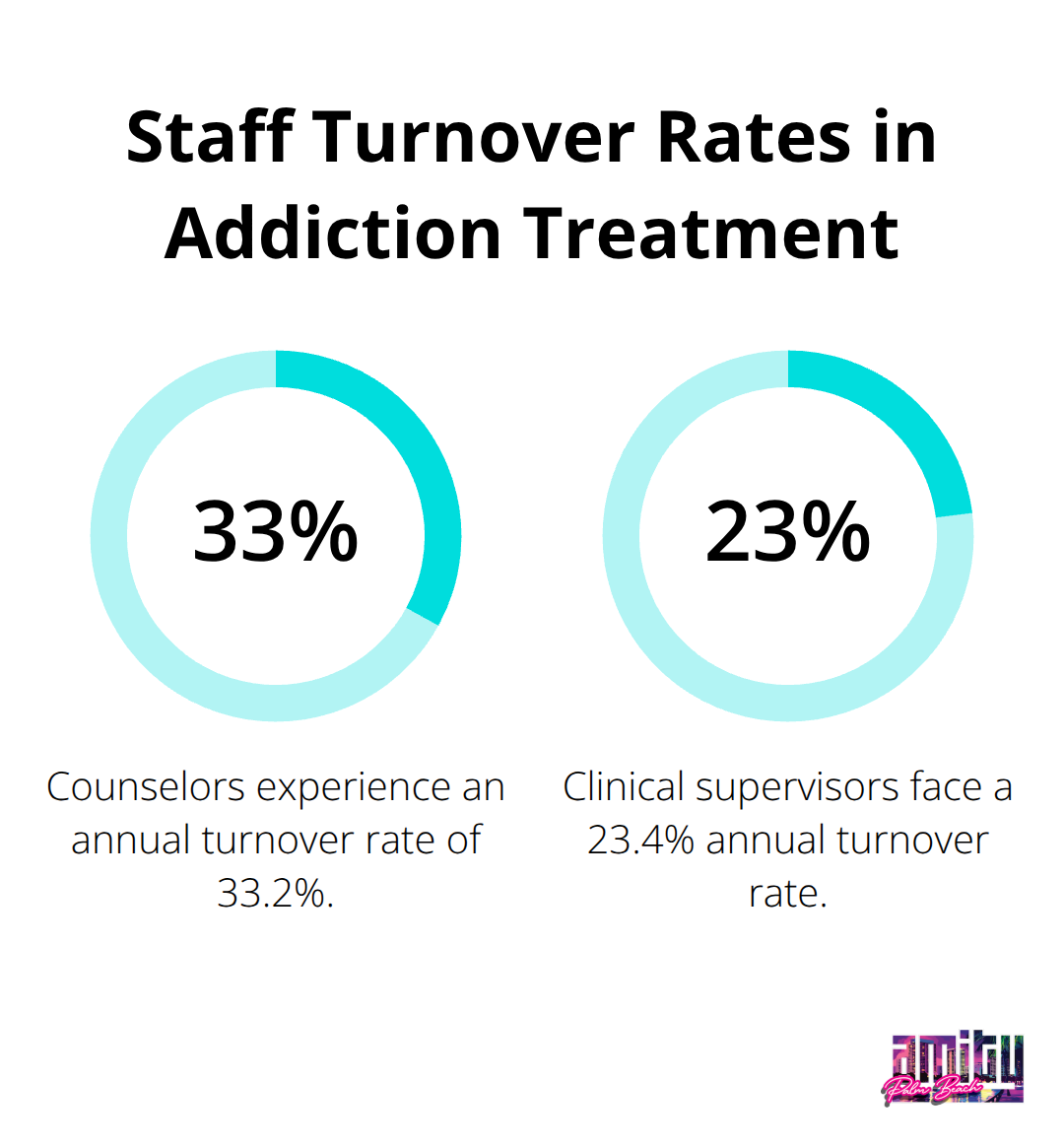
Family Exclusion Reduces Long-Term Success Rates
Programs that discourage family participation or limit communication between clients and loved ones often hide poor practices or maintain outdated treatment philosophies. Research from the American Journal of Drug and Alcohol Abuse shows that family-involved aftercare programs achieve 65 percent higher long-term sobriety rates compared to individual-focused approaches. Quality programs include regular family therapy sessions, educational workshops for relatives, and structured communication plans that rebuild healthy relationships. Programs that prohibit family contact beyond scheduled hours or refuse to provide progress updates to designated family members typically struggle with transparency and accountability in their treatment approaches.
Programs That Overpromise Quick Results
Facilities that guarantee rapid recovery or promise permanent sobriety within unrealistic timeframes exploit vulnerable individuals and their families. Legitimate aftercare programs acknowledge that recovery requires ongoing commitment and may involve setbacks (which are normal parts of the process). Programs that market themselves as “miracle cures” or claim to eliminate addiction permanently within 30 days lack scientific credibility. The National Institute on Drug Abuse confirms that effective treatment typically requires at least 90 days of engagement, with many individuals needing longer-term support to maintain sobriety.
Final Thoughts
Effective drug rehab aftercare programs require careful evaluation of your specific recovery needs, life circumstances, and long-term goals. No single approach works for everyone, which makes personalized assessment the foundation of successful aftercare plans. Start your research now and contact multiple programs to ask detailed questions about their treatment approaches, staff qualifications, and outcome data.
Professional guidance significantly improves your chances of success when you select the right aftercare program. Licensed addiction counselors and case managers possess the expertise to match your specific needs with appropriate treatment options. They can identify potential red flags you might miss and help you navigate insurance requirements (plus program admission processes).
We at Amity Palm Beach provide comprehensive aftercare and alumni support services that include relapse prevention plans, sober home referrals, and ongoing engagement opportunities. Our team understands that aftercare represents a pivotal decision in your recovery journey. The time you invest in research and selection pays dividends in sustained recovery success and improved quality of life.



